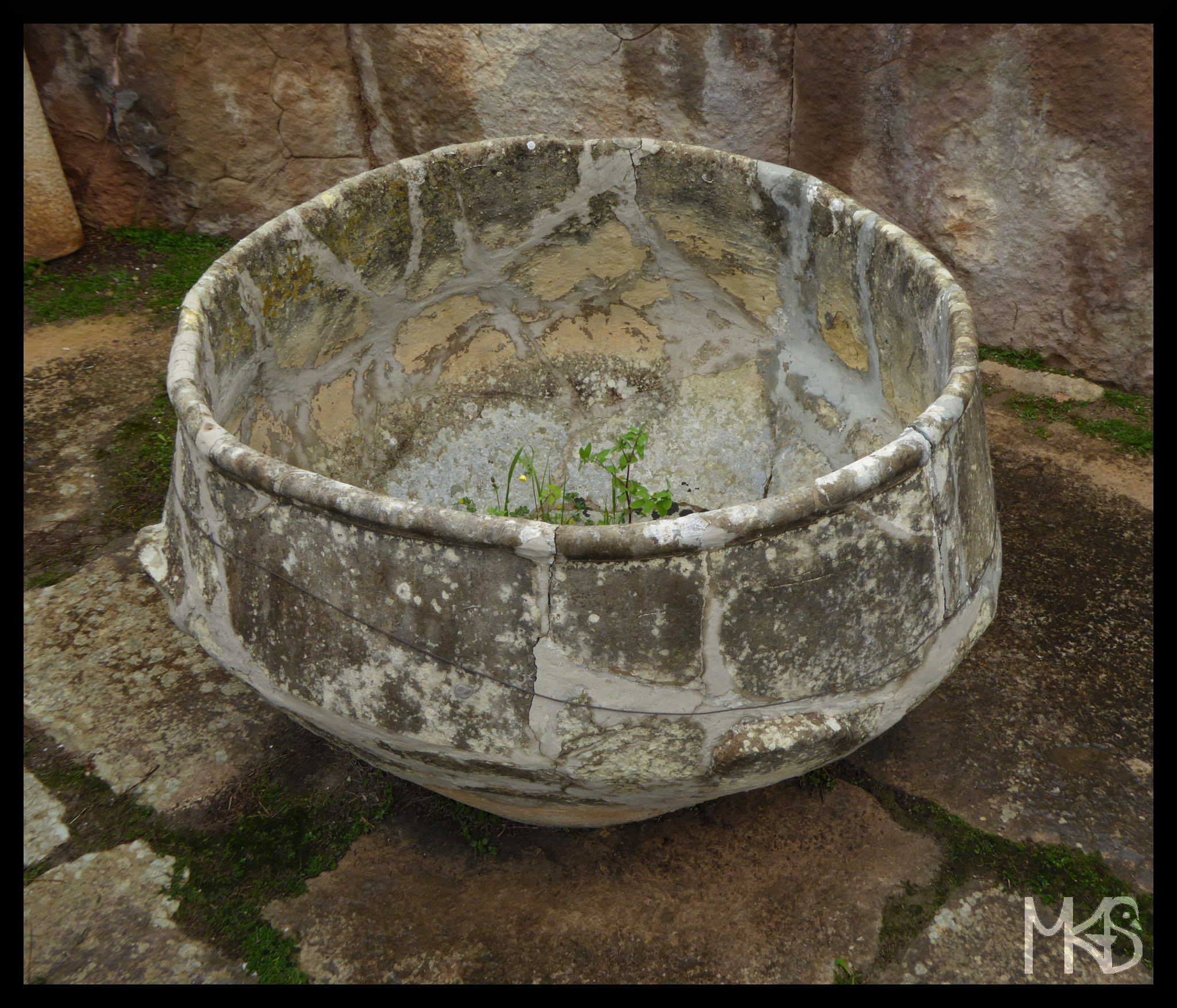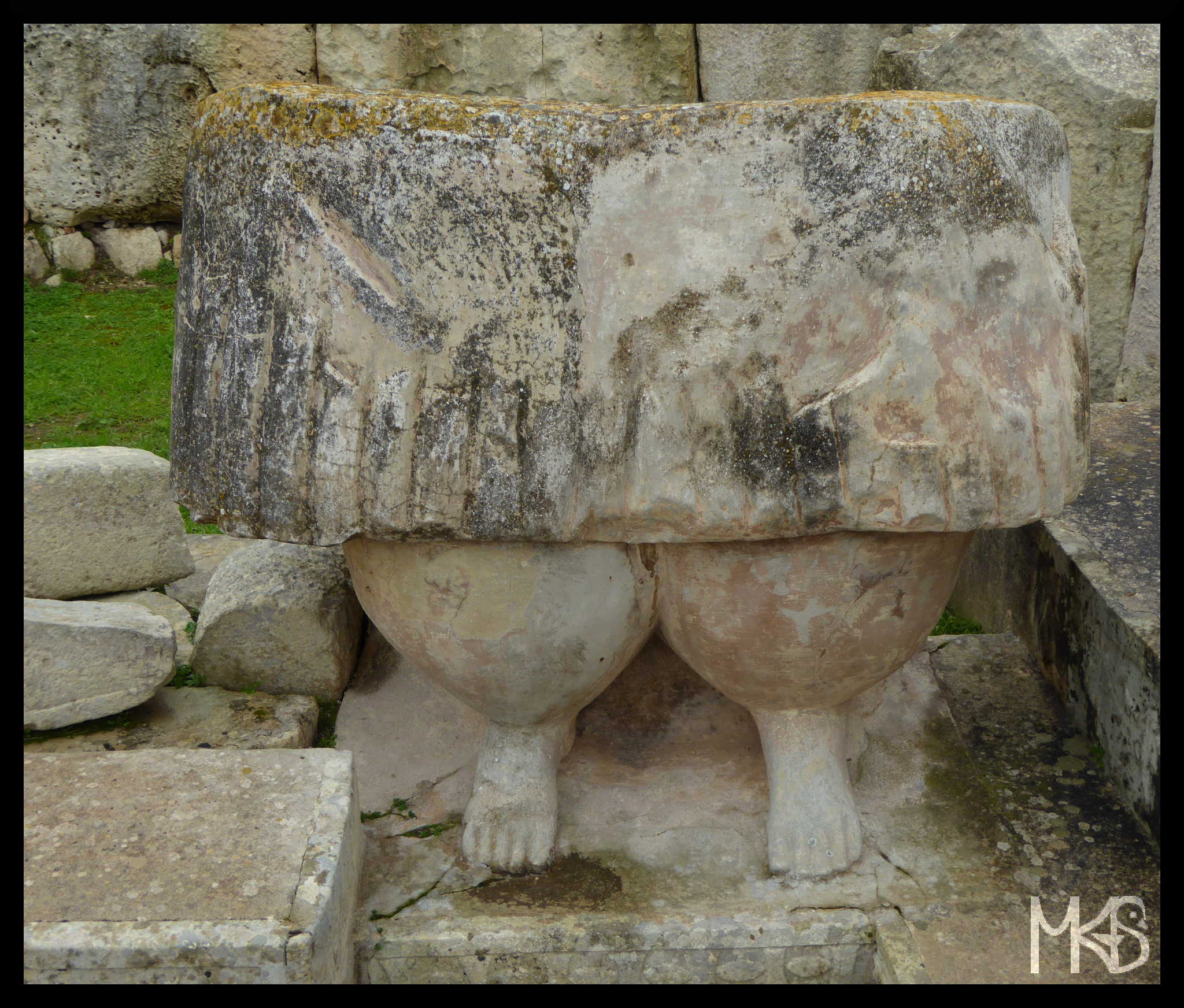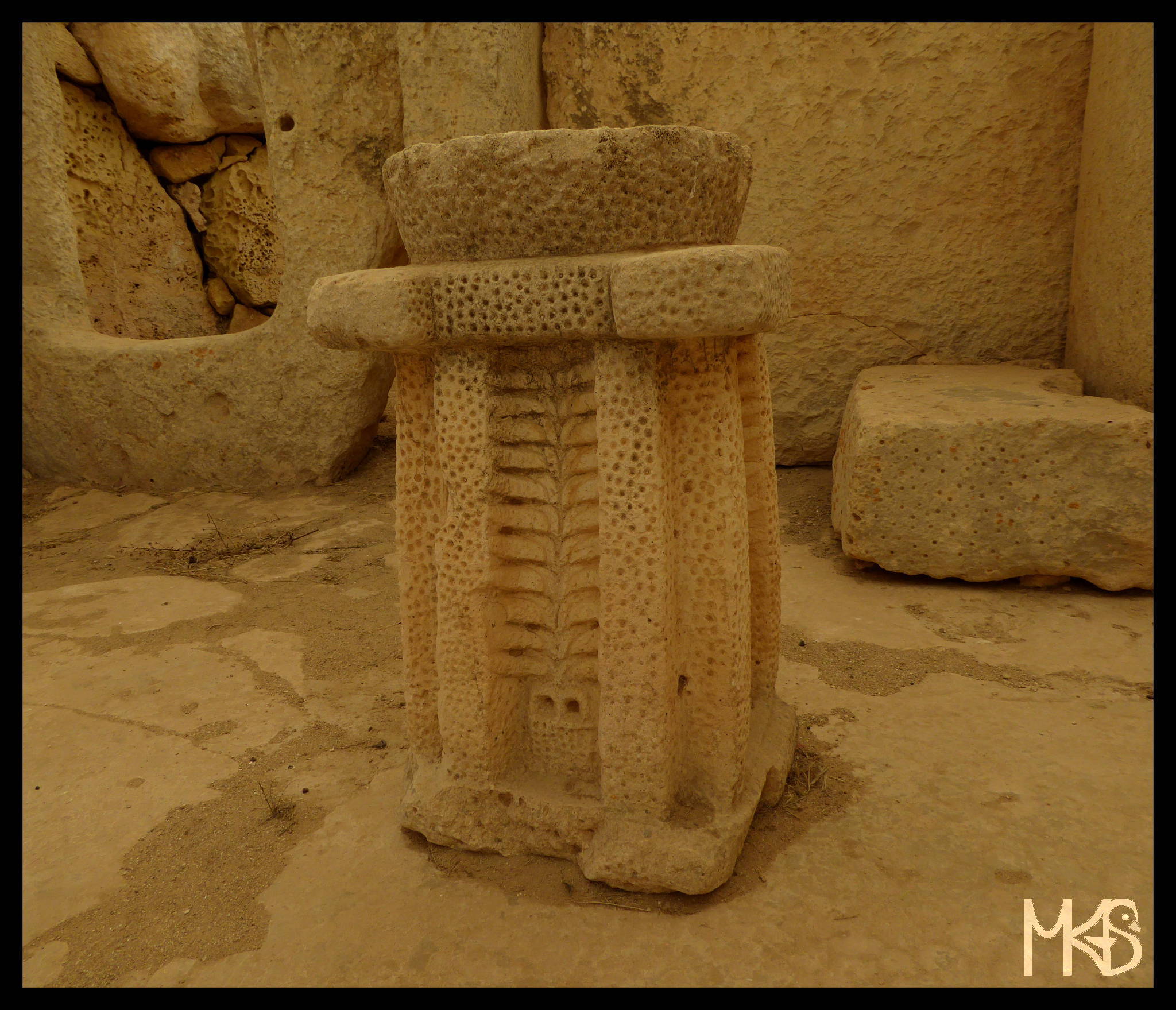
Russia is located partly in Europe and partly in Asia.
About 25% of the total area of Russia is located in Europe, but this part is inhabited by almost 80% of Russian citizens.
So majority of Russians can say they are Europeans. I guess, not so many people say that they are from Eurasia – but that sounds much more unique than “I’m from Europe”. 😉
Russia – Large & Empty

Russia is the largest country in the world.
Its area covers over 17 million square kilometers, it means Russia occupies one-tenth of all the land on Earth!
Russia shares land borders with many countries (in alphabetic order): Azerbaijan, Belarus, China, Estonia, Finland, Georgia, Kazakhstan, Latvia, Lithuania, Mongolia, North Korea, Norway, Poland, Ukraine.
There are almost 150 million people living in Russia. That’s a lot! But taking into account its total area, Russia seems to be quite empty. There are huge cities with many citizens, but there are also many completely empty places in Russia.
So Russia is large, populous and empty.
Russia – Introduction

Welcome to Russia!
October on my blog is going to be all about the Russian Federation.
Since many years, Russia has been a controversial country (because of different reasons). I know people who doesn’t want to go there because of political reasons. On the other hand, it’s still a very interesting country.
I’ll show you places that I’ve visited in Russia, and, as always, I will try to skip politics but will mention some historical facts.
Have you been to Russia? What’s your favorite place in Russia?
Malta – Final impression

It’s already the end of September, so the series about Malta on my blog is almost over.
How did you like it?
As a summary, I’ll give a list of my favorite places from Malta:
-Megalithic Temples (all are great!)
-Marsaxlokk (lovely town)
-Ta’ Kola Windmill (Gozo Island)
-Mdina & Rabat
-Valletta
-and coast, especially with nice rock formations, e.g., nearby the Blue Grotto.
See you tomorrow! 🙂
Malta – Ta’ Kola Windmill (Gozo Island)
Malta – Azure Window (Gozo Island)

The Azure Window (Dwejra Bay) used to be the main attraction of the Gozo Island. Unfortunately, this limestone arch collapsed in 2017.
I visited Malta in 2015, so I still had a chance to see it.
Malta – Rabat

The town of Rabat is located just outside Mdina.
St. Pauls’ church (today’s photo) is usually listed as the main attraction of Rabat. However, I was mostly impressed by the catacombs of St. Paul and St. Agatha. They are Early Christian underground cemeteries. I can highly recommend to visit them!
Malta – Mdina

Malta has a few treasures and Mdina is definitely one of them!
The small city of Mdina dates back to 8th century BC, and it’s one of the main attractions in Malta.
It’s a very unique place! While being in Malta, you just must take a slow walk and explore this special town! 🙂
As a curio, Mdina is sometimes called Silent City; and only people who live there can drive inside the city.
Malta – Churches
Malta – Street Decorations

Today, I’m showing you another picture from lovely Marsaxlokk. Maybe, I’ll never memorize the name of this town, but I’m going to remember all nice place I’ve visited there. 🙂 Marsaxlokk is definitely a place you should take a walk and simply look around – you’ll always find something interesting.
Malta – Doors
Malta – Popeye Village (Sweethaven)

The movie “Popeye” from 1980 was made in Malta. To that purpose, the Sweethaven Village (Popeye Village) was built there. Currently, the film set is an attraction fun park. I haven’t been inside, just saw it from the other side, and it looked lovely (together with turquoise water). All wooden, colorful buildings are so picturesque – a perfect location.
Malta – Marsaxlokk

Marsaxlokk is a picturesque Maltese fishing village with a bit complicated name. 😉
I’ve already showed you a few pictures from Marsaxlokk, you’ll find them in posts from 1st , 8th, 11th and 12th of August 2017.
If it’s possible, visit Marsaxlokk on Sunday, explore narrow streets, enjoy the coast and go to the fish market. 🙂
Malta – UNESCO

There are three Maltese sites on the UNESCO World Heritage List:
-Megalithic Temples
-City of Valletta
-Ħal Saflieni Hypogeum.
All sites are worth visiting, especially the temples and hypogeum. 🙂
Currently, on the UNESCO list, there are 6 Megalithic temples (Ġgantija, Ħaġar Qim, Mnajdra, Skorba, Ta’ Ħaġrat and Tarxien). However, there are more Megalithic temples existing on Malta. Maybe one day, the UNESCO list will be extended?
Malta – Prehistoric Statues

How do Megalithic temples look like?
-Well, it depends which site. In general you’ll be able to “explore” the interiors of the Megalithic structures; reconstructions of e.g., doorway; examples of prehistoric art; large prehistoric statues and of course lots of stones (very, very, very old stones).
The statue presented today comes from Tarxien Temples, that’s located just outside Valletta.
Malta – Ancient sites

When I was visiting Malta, I had a chance to visit a few Megalithic temples.
Each site was very interesting. Everywhere, I met friendly people, proud of their culture and place they work. I also liked the way some Megalithic temples (not all of them) are protected, e.g., with a “tent”.
And in general, it’s a very unique experience to be in such an old place, even if their age is not so precisely estimated, they are still impressive!
Malta – Megalithic Temples

I’ve already mentioned, that Megalithic temples are the most interesting sites of Malta.
They are considered as one of the oldest free-standing structures in the world! First of them were built around 3600 BC (some sources even say 5500 BC). They are really unique sites, and when you’re in Malta – it’s a must to visit at least one or two Megalithic temples. 🙂
Malta – Blue Grotto

The Blue Grotto is one of tourist attractions on Malta Island.
It’s mostly popular for boat trips to visit the caves, snorkeling or scuba diving, and even rock climbing.
I saw the Blue Grotto from the top. It’s nice, but other nearby rock formations are also very nice, especially on sunny day. So today, I’m not showing you the Blue Grotto, but a very nearby place. 😉
Malta – Valletta

Valletta is the capital city of Malta.
It’s named after its founder – Grand Master Jean Parisot de la Valette.
Valletta is a UNESCO World Heritage site and definitely you should visit the city while being in Malta. Take a walk in the center, visit St. John’s Co Cathedral, explore the city walls and Malta’s Grand Harbor. And simply, take your time, don’t hurry. 🙂
Malta – European Union

Since 2004, Malta is a member of the European Union.
In 2008, Malta joined the eurozone.
Search for 1 euro and 2 euro coins, you’ll see there the Maltese Cross. 🙂


